syn·site
in Robert Smithson's terms*: (a partially generated and generative theory) The Synsite (an entangled situating) is an inter-dimensional picture that is amorphous, and yet it represents an interweaving of actual and virtual sites (an amalgamation of the Pine Barrens Plains, ML-scene processing, and the hyper-saturated yellow-green of a pool of disintegrated oak pollen, for instance). It is by this inter-dimensional metaphor that one entangled situating can represent another entangled situating, which does not resemble it—thus The Synsite. To comprehend this language of situating is to appreciate the metaphor between the syntactical construct and the complex of ideas, permitting the former to operate as a inter-dimensional picture that doesn't look like a picture. ... Between the actual-virtual sites in their respective planes and The Synsite itself exists a metaphoric space of collapsible significance. Perhaps "travel" through this space is a boundless metaphor. Everything in and between the entangled situatings could transform into physical metaphorical material devoid of natural meanings or realistic assumptions. Let us say that one embarks on many fictitious journeys at once if one decides to seek the site of the Synsite. Each “journey” is invented, devised, artificial; one might call it a syn-trip to a site from a Synsite. Once one arrives at the “assembly,” one discovers that it is man-made in the form of a network, and that she mapped this network in an aesthetic and temporal entanglement rather than specific political or economic boundaries.
This revisited theory is currently collaborative but could be surrendered to the faceless corpus of AGI at any time. Like the sources they scrape, theories are also both used and abandoned. That theories are constant is dubious; that sources are singularly credited is increasingly doubtful. Vanished theories compose the dense data layers of countless LLMs.
in Robert Smithson's terms*: (a partially generated and generative theory) The Synsite (an entangled situating) is an inter-dimensional picture that is amorphous, and yet it represents an interweaving of actual and virtual sites (an amalgamation of the Pine Barrens Plains, ML-scene processing, and the hyper-saturated yellow-green of a pool of disintegrated oak pollen, for instance). It is by this inter-dimensional metaphor that one entangled situating can represent another entangled situating, which does not resemble it—thus The Synsite. To comprehend this language of situating is to appreciate the metaphor between the syntactical construct and the complex of ideas, permitting the former to operate as a inter-dimensional picture that doesn't look like a picture. ... Between the actual-virtual sites in their respective planes and The Synsite itself exists a metaphoric space of collapsible significance. Perhaps "travel" through this space is a boundless metaphor. Everything in and between the entangled situatings could transform into physical metaphorical material devoid of natural meanings or realistic assumptions. Let us say that one embarks on many fictitious journeys at once if one decides to seek the site of the Synsite. Each “journey” is invented, devised, artificial; one might call it a syn-trip to a site from a Synsite. Once one arrives at the “assembly,” one discovers that it is man-made in the form of a network, and that she mapped this network in an aesthetic and temporal entanglement rather than specific political or economic boundaries.
This revisited theory is currently collaborative but could be surrendered to the faceless corpus of AGI at any time. Like the sources they scrape, theories are also both used and abandoned. That theories are constant is dubious; that sources are singularly credited is increasingly doubtful. Vanished theories compose the dense data layers of countless LLMs.
SYN (along with, at the same time | from Greek SYN, with | ~SYNTHETIC) + SITE (N: point of event, occupied space, internet address; V: to place in position | from Latin SITUS, location, idleness, forgetfulness | ~WEBSITE ¬cite ¬sight), cf. SITE/NON-SITE (from Robert Smithson, A PROVISIONAL THEORY OF NONSITES, 1968)
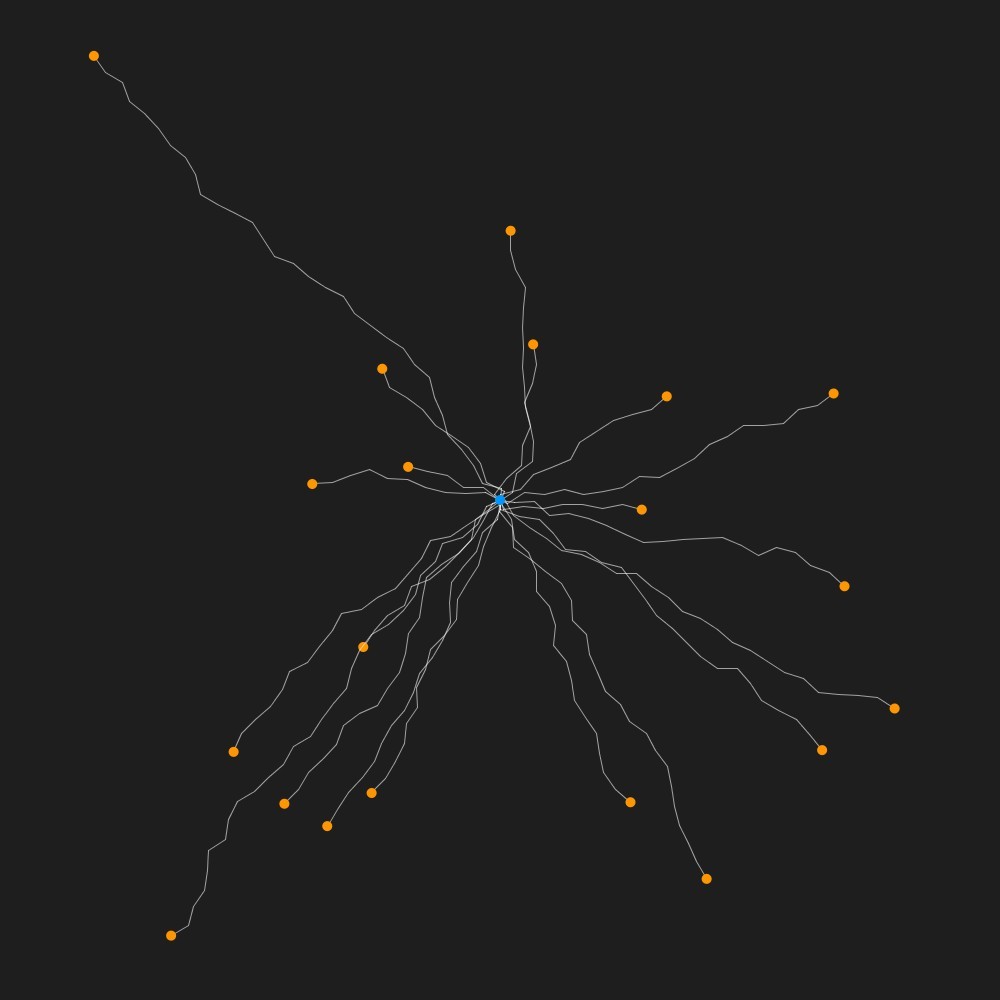


Exclamation points survive as tokens of the disjunction between idea and realization in that period, and their impotent evocation redeems them in memory: a desperate written gesture that yearns in vain to transcend language.
Exclamation points survive as tokens of the disjunction between idea and realization in that period, and their impotent evocation redeems them in memory: a desperate written gesture that yearns in vain to transcend language.
Exclamation points survive as tokens of the disjunction between idea and realization in that period, and their impotent evocation redeems them in memory: a desperate written gesture that yearns in vain to transcend language.



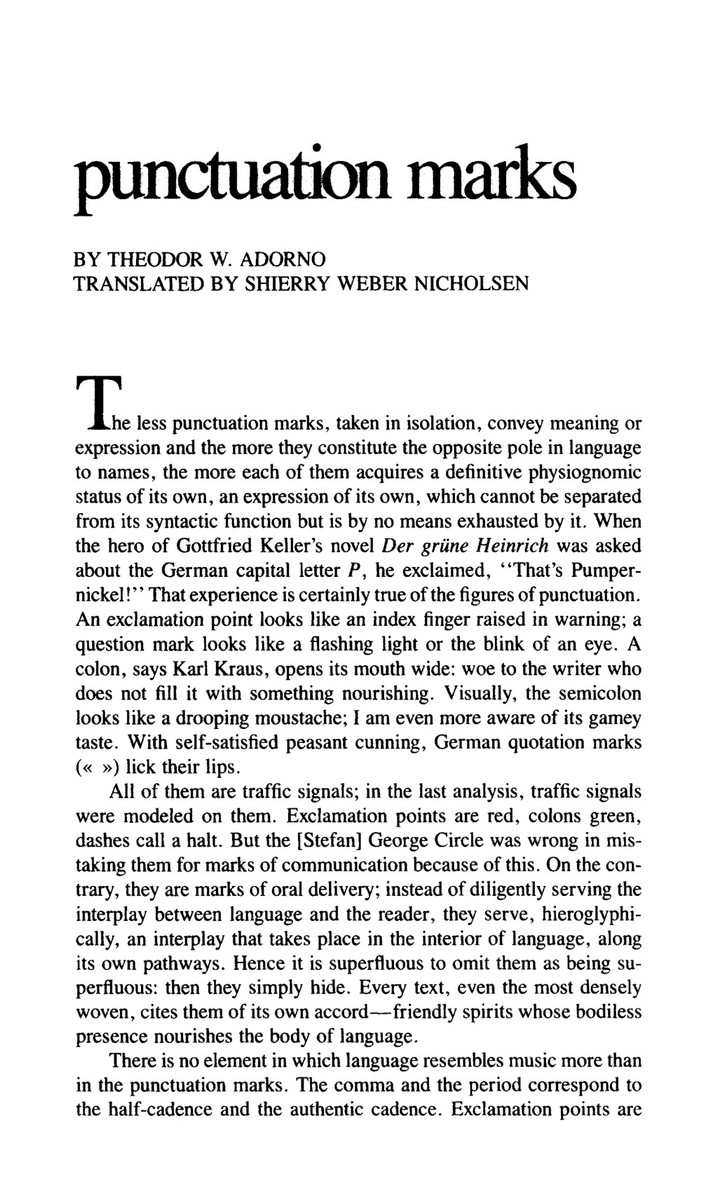


one continuous self, two sides of a vivacious equation looped together in a continual narrative of daily living and human existence. The glitch splits the difference; it is a plank that passes between the two.
one continuous self, two sides of a vivacious equation looped together in a continual narrative of daily living and human existence. The glitch splits the difference; it is a plank that passes between the two.
one continuous self, two sides of a vivacious equation looped together in a continual narrative of daily living and human existence. The glitch splits the difference; it is a plank that passes between the two.
we are no longer in the age of gaining information, we are in the age of connecting knowledge.
we are no longer in the age of gaining information, we are in the age of connecting knowledge.
we are no longer in the age of gaining information, we are in the age of connecting knowledge.
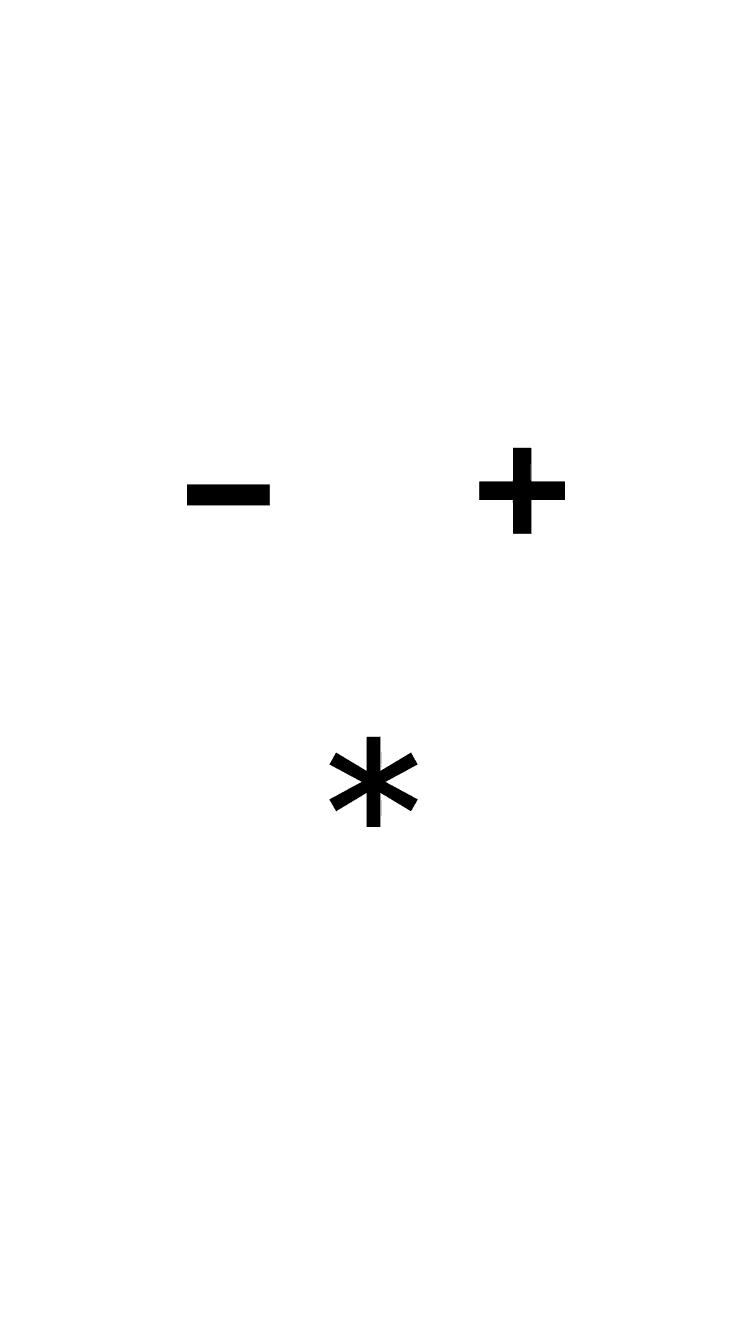


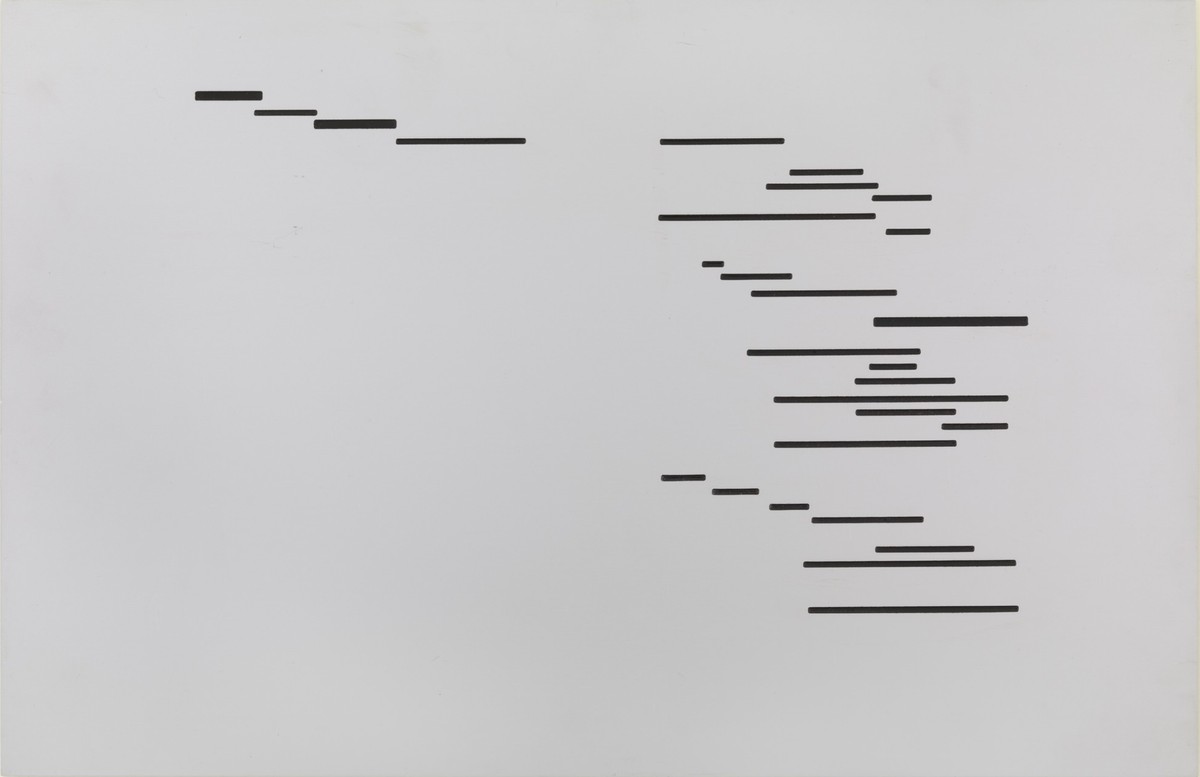


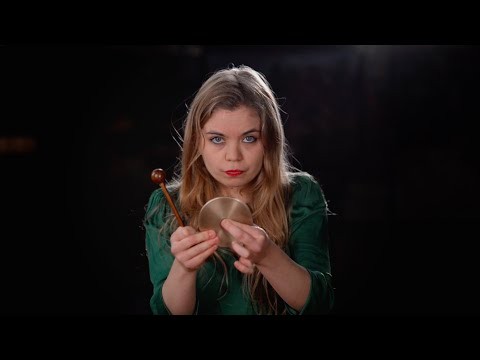





The matador is gored, the real jumps out and punctures the screen or strip of film, destroying it. . . . The challenge isn’t to depict this real realistically, or even ‘well’, but to approach it in the full knowledge that, like some roving black hole, it represents (though that’s not the right word anymore) the point at which the writing’s entire project crumples and implodes.
The matador is gored, the real jumps out and punctures the screen or strip of film, destroying it. . . . The challenge isn’t to depict this real realistically, or even ‘well’, but to approach it in the full knowledge that, like some roving black hole, it represents (though that’s not the right word anymore) the point at which the writing’s entire project crumples and implodes.
The matador is gored, the real jumps out and punctures the screen or strip of film, destroying it. . . . The challenge isn’t to depict this real realistically, or even ‘well’, but to approach it in the full knowledge that, like some roving black hole, it represents (though that’s not the right word anymore) the point at which the writing’s entire project crumples and implodes.